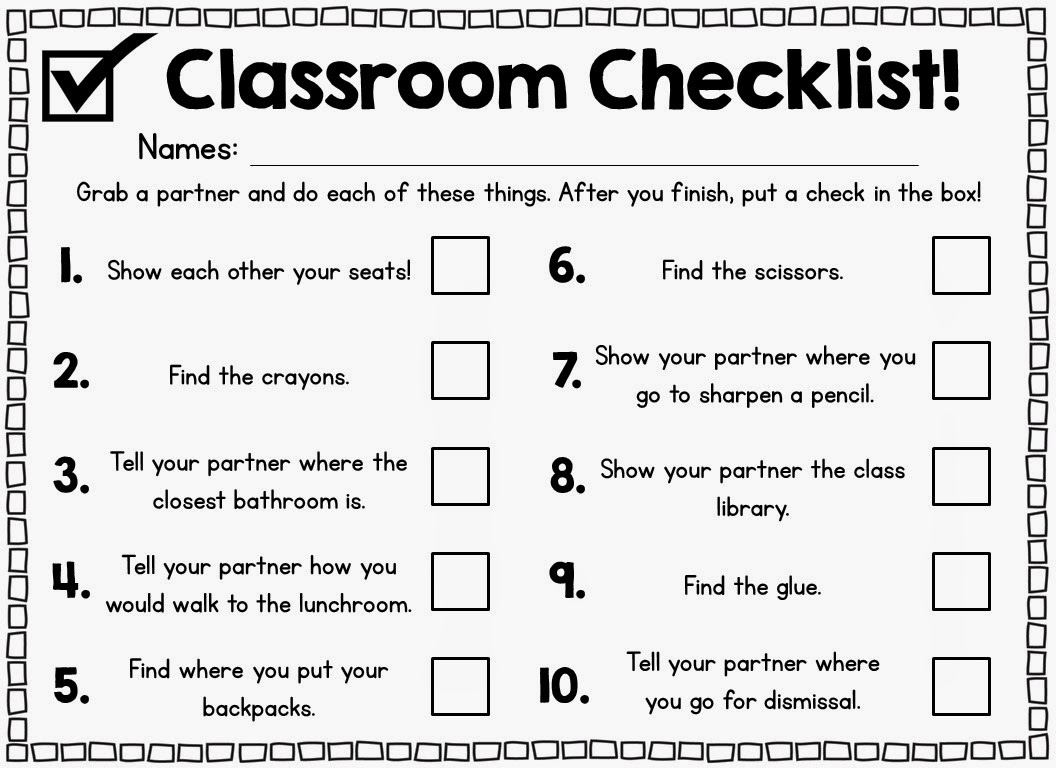Last year, I taught inferencing for quite some time. With such an emphasis on close reading, I wanted my students to read between the lines, to dig deeper, and to find out the answer to the question, "what is the author really trying to say?!"
I spent a lot of time researching and reading picture books to find ones that would work well for my class. After test-driving each of these, I continuously referred back to them when discussing inferring and so did my kids.
These four books made for great focus lessons when we were learning what an inference is and how to make one! We started with a clear definition of an inference:
This helped guide us in our lessons.
After we defined an inference, I started by reading
Duck on a Bike by David Shannon. It is a simple book with interesting illustrations and my 6 & 7 year olds just love that this duck is riding a bike. It's the simple things....
I read most of the story normally. Letting my kids take in the illustrations and giggle at what was happening in the story. Then, we came to this page towards the end of the story:
I made quite the point to say, "WOW, it seems that David Shannon didn't write any words on this page! Do you think he wants us to just skip it?!?!?!" (Imagine it being said in the most teachery "I'm making a point here" type of way).
Most of my kids just look at me all crazy, but they know the answer is "no!" of course we don't skip the page! I let them know that this is the perfect time to make an INFERENCE! What is David Shannon trying to tell us on this page?! What are the animals thinking!? My students look at their facial expressions, they use their schema and what they've already learned from the text to create their own inference as I record them on the board. It is perfect.
The next day, I review with my students what we learned:
Just because the author didn't write anything on a page, he might still be trying to tell us something! I then let them know they will be challenged to make another inference today and we read,
The Stray Dog by Marc Simont.
You can make lots of inferences in this book. I tell my students that while I am reading they can put their thumb up in front of them if they have an inference to make. I look around after each page and if a student has an inference and can back it up with their schema and evidence from the text, we write it on the board. There are plenty of pages in this book without any words so many of my kids know they will have to make an inference on those pages. However, I also like to stop on pages like this:
Here there are clearly words, but there is also something the illustrations are letting us know. I ask my students aloud, "Hmmm... Willy was in a big hurry... why was he in such a hurry?" and they all say "Duh, Mrs. Jones, he's in a hurry because that man has net and is trying to catch him!"
I challenge them and say, "Yes, it seems you might be right but Marc Simont didn't SAY that! Where is it in the text?!? HOW do you know this?!" That is when they give me evidence from the story and what they know using their schema to prove their answers to me. I then let them know that they are all little geniuses and to be proud of themselves because they were making inferences that whole time without even knowing it! Now, they make lots of inferences on purpose.
I made this little freebie page to help us document our inferences. I use it a lot when I am first teaching the skill so my students can really draw what they see on the page. They can show me their evidence:
I have them include their inference in the writing portion at the bottom using our inference "equation" [schema + evidence = inference].
The other 2 books I included on my list are two Mo Willems books,
Don't Let the Pigeon Drive the Bus! and
I Love my New Toy! If your 1st graders are anything like mine, then they are obsessed with the genius that is Mo Willems. You can make so many inferences in these books to determine how the characters are feeling and Mo Willems does a great job with his illustrations to allow the students to see the facial expressions of the characters and find the evidence in the text to support their inferences.
Once my kids become pros at inferring, we start practicing the skill in short stories that don't have illustrations. I create fiction passages in my
close reading units that deliberately require students to infer and provide evidence to support their answers! It is amazing to see their growth throughout the year and watch them turn into thoughtful, purposeful readers.
Thanks for sticking with me through this never ending post! To download any of the freebies, just click the images of them above!
What are some of your favorite books for teaching inferences?!








































